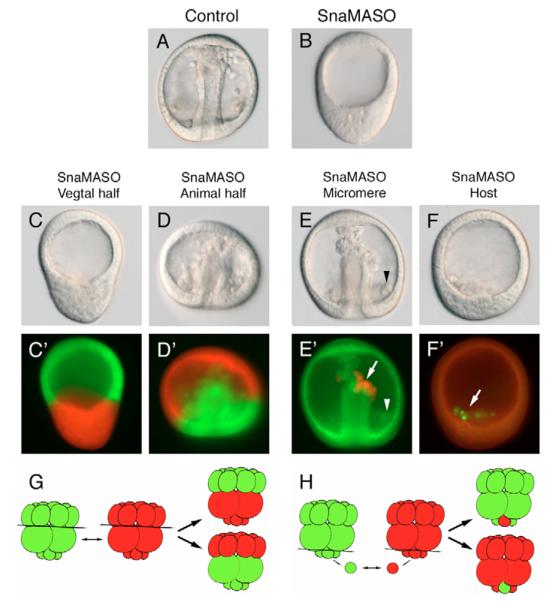Fig. 4. Chimeric embryos demonstrate Snail is required in micromeres for ingression.
(A) Control embryo. (B) SnaMASO-injected embryo showing no PMC ingression. (C,C′) A SnaMASO-containing vegetal half (red) was combined with a control animal half (green). Resulting embryos lack PMCs. (D,D′) A SnaMASO-containing animal half (red) was combined with a control vegetal half (green). Resulting embryos develop PMCs as in sibling controls. (G) A schematic diagram of the experimental designs of C and D. (E,E′) Single SnaMASO-containing micromere (red) transplanted onto a control host embryo lacking one micromere (green). The SnaMASO micromere failed to ingress (arrow in E′), whereas all other control micromeres ingressed and migrated normally (arrowheads). (F,F′) The reciprocal experiment to that in E. One normal micromere (green) ingresses into the blastocoele (arrow in F′) when transplanted to a SnaMASO-injected host embryo lacking one micromere (red). (H) The schematic diagram of the experimental designs of E and F. See text for details.

